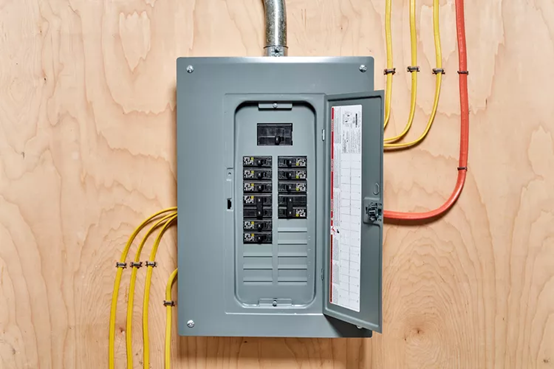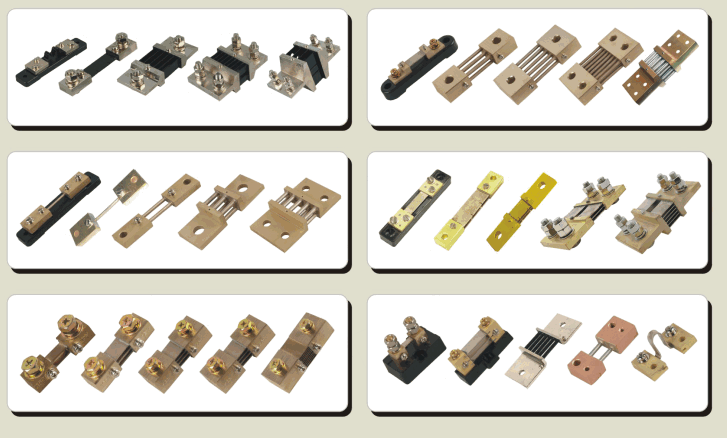Both thermostats and hygrostat are essential for maintaining a suitable environment within an enclosure, they serve distinct purposes. This article will focus on the difference between thermostats and hygrostat from definition, application, and Typical Control Systems.
Difference between thermostat and hygrostat in Definition
Enclosure Thermostat: A enclosure thermostat is a device that monitors and regulates temperature within an environment. It works by switching heating or cooling devices on or off to maintain a set temperature. In electrical enclosures, thermostats ensure that the internal temperature stays within a safe and optimal range to prevent overheating or freezing, which could damage the electronic components.

Enclosure Hygrostat: On the other hand, an enclosure hygrostat measures and controls the humidity level in an environment. It activates dehumidifying or humidifying systems to maintain a specific relative humidity setpoint. Within electrical enclosures, hygrostats prevent moisture build-up, which can lead to condensation and subsequent corrosion or electrical short circuits.

Difference between thermostat and hygrostat in Controlling Condensation
According to hygrostat vs thermostat, you will know the difference in controlling condensation.
Thermostat’s Role: Thermostats help control condensation indirectly by maintaining the temperature within the enclosure. When the temperature is kept at a stable level, the risk of condensation forming due to temperature fluctuations is minimized. For instance, a sudden drop in temperature can cause the moisture in the air to condense on cooler surfaces. By preventing such drops, thermostats reduce the likelihood of condensation.
Hygrostat’s Role: Hygrostats directly control condensation by managing the humidity levels within the enclosure. High humidity can lead to condensation, especially when it comes into contact with cooler surfaces. A hygrostat will activate dehumidifiers to lower the humidity when it reaches a set threshold, thereby directly reducing the risk of condensation and the potential damage it can cause to electronic components.
Difference between thermostat and hygrostat in Applications
Enclosure Thermostats:
- Industrial Control Panels: Ensures that sensitive electronic components do not overheat, which can lead to malfunction or failure.

- IT Server Cabinets: Maintains optimal operating temperatures for servers and networking equipment, preventing overheating and ensuring reliable performance.
- Outdoor Electrical Enclosures: Protects equipment from temperature extremes, which could cause condensation or freezing.
Enclosure Hygrostats:
- Telecommunications Equipment: Keeps humidity levels low to prevent corrosion and maintain the integrity of delicate electronic components.
- Data Centers: Manages humidity to protect servers and storage devices from moisture-related damage.
- Medical Equipment Cabinets: Ensures that sensitive medical electronics are not compromised by high humidity levels, which can lead to condensation and damage.

Difference between thermostat and hygrostat in Typical Control Systems
Thermostat Control Systems: Thermostat control systems in electrical enclosures typically include a temperature sensor, a control unit, and a heating or cooling device. The temperature sensor continuously monitors the internal temperature and sends data to the control unit. When the temperature deviates from the setpoint, the control unit activates the appropriate heating or cooling device to bring the temperature back within the desired range. Some advanced systems also include alarms that alert operators to temperature extremes or system failures.
Hygrostat Control Systems: Hygrostat control systems consist of a humidity sensor, a control unit, and a dehumidifying or humidifying device. The humidity sensor measures the relative humidity inside the enclosure and sends this information to the control unit. If the humidity exceeds the set threshold, the control unit activates the dehumidifier to reduce the moisture level. Conversely, if the humidity is too low, a humidifier may be activated to add moisture to the air. Advanced hygrostat systems may also feature data logging and remote monitoring capabilities, allowing for precise humidity control and early detection of potential issues.
Conclusion
In summary, based on hygrostat vs thermostat, the main difference of them are in measured parameter, and controlled device. The enclosure thermostat is measured temperature, controlled heaters or coolers while the hygrostat is measured humidity, and controlled dehumidifier or humidifier.






